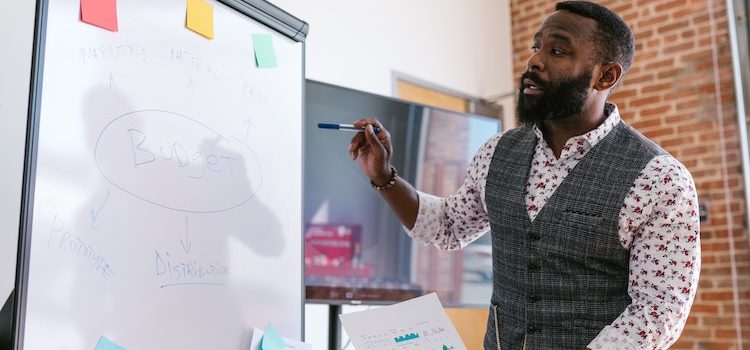How did nationalism develop? What was it like to live in the pre-nationalist age? Political scientist and historian Benedict Anderson says that the ideology of “nationalism” is a fairly recent social construct. Before nationalism, people would identify themselves with their occupation, or village, and political communities were ruled by dynastic sovereigns rather than governments. Keep reading to learn about the origins of national consciousness, according to Benedict Anderson.
B. Anderson: The Origins of National Consciousness










